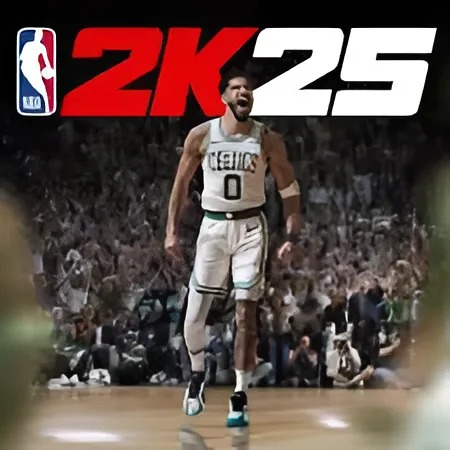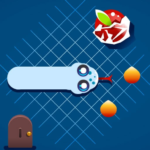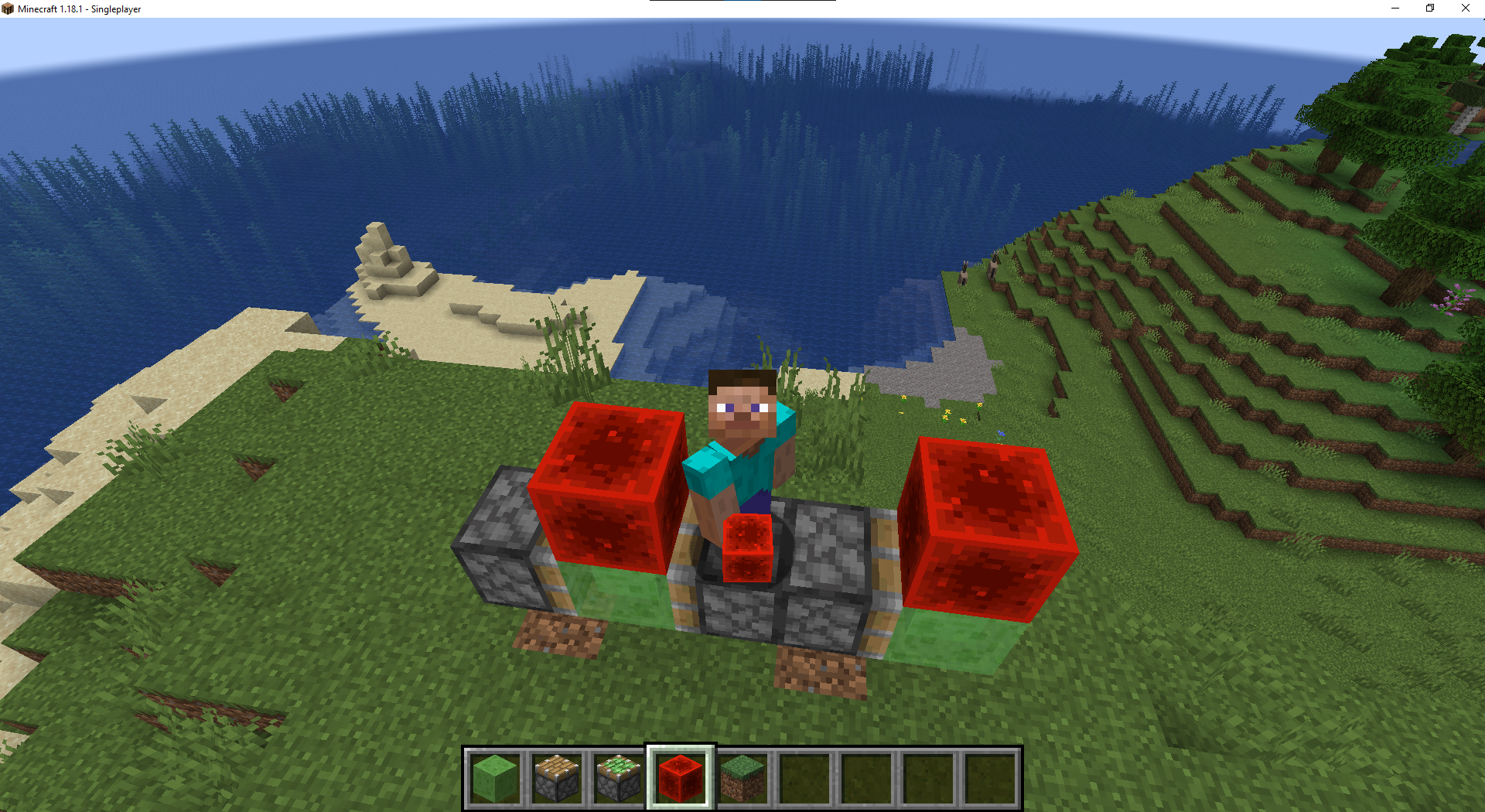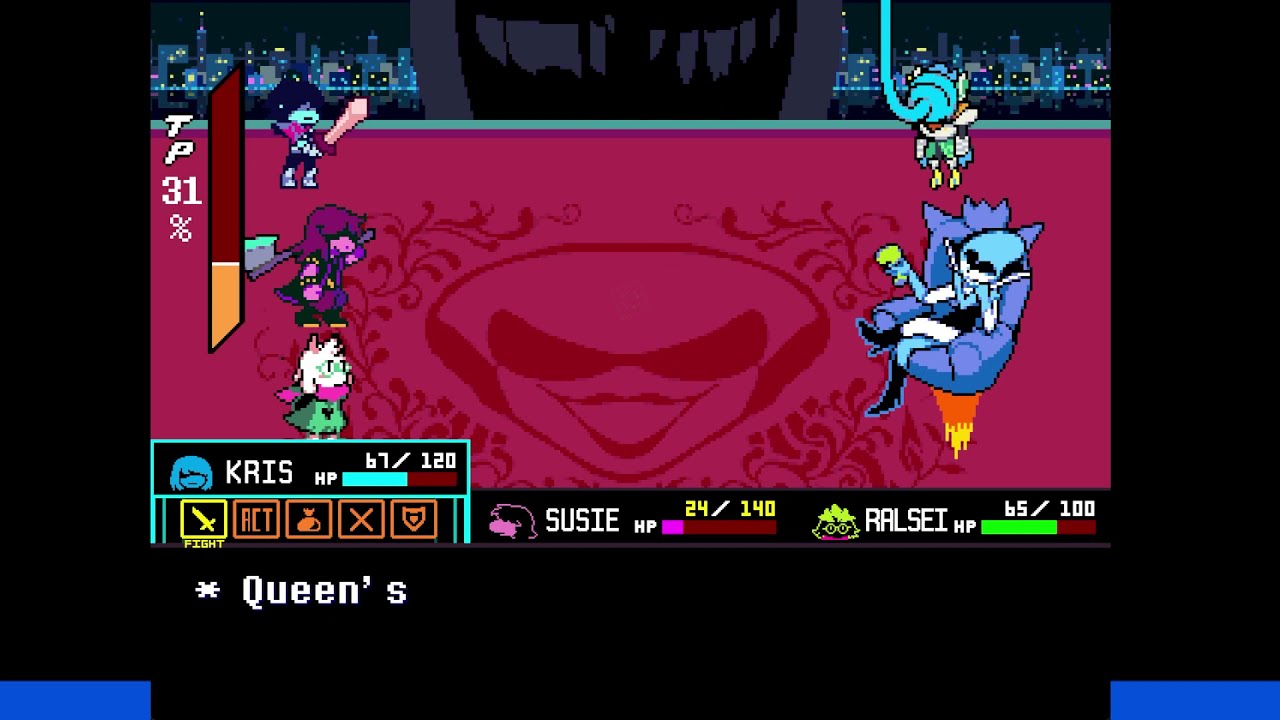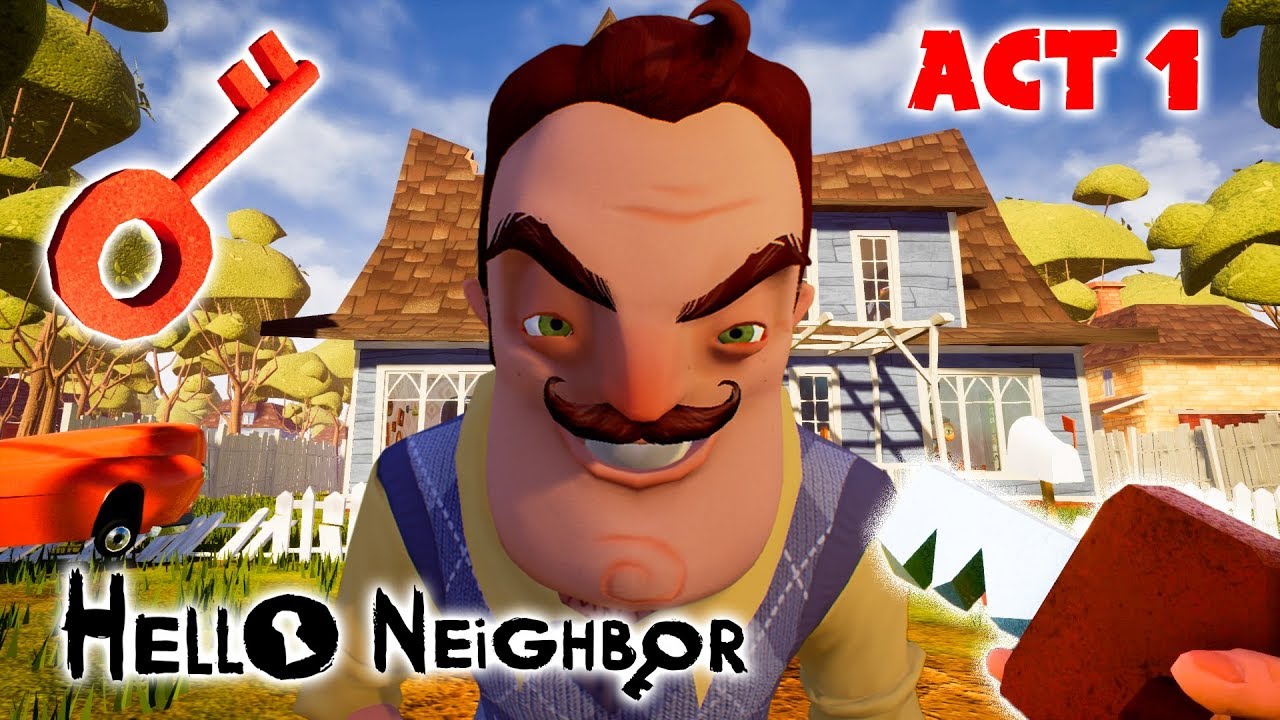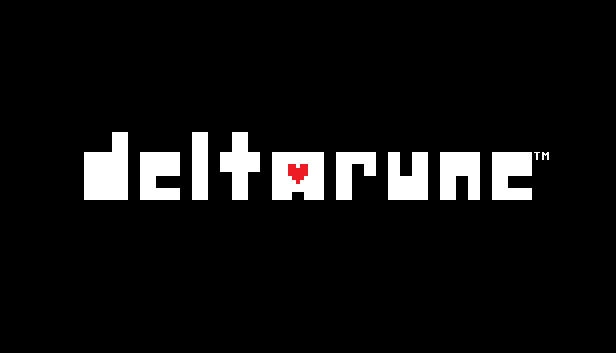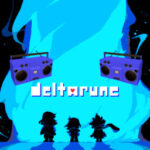NBA 2K25 marks the latest entry in 2K Sports' long-running basketball simulation series. With a legacy that spans over two decades, this installment comes with lofty expectations. Fans and critics alike anticipated substantial changes, from MyCareer and MyTeam to gameplay physics, visual enhancements, and online features. NBA 2K25 delivers on many fronts, aiming to balance authenticity with entertainment while also addressing previous concerns. This expert review dives deep into the evolution, gameplay mechanics, modes, graphics, and overall impact of NBA 2K25.
A New Era Begins: What’s Different in NBA 2K25
NBA 2K25 isn’t just a roster update—it’s a significant leap in terms of engine performance, presentation, and control systems.Improved ProPLAY Engine
One of the biggest upgrades comes from the use of 2K's updated ProPLAY animation engine. Player movements are more lifelike than ever, mimicking real NBA footwork, dribbling, and shooting motions.Enhanced User Interface and HUD
Menu navigation and stat overlays have been revamped for clarity and responsiveness. This makes a huge difference in both MyTeam and MyCareer modes.Gameplay Mechanics: Realism Meets Responsiveness
NBA 2K25 puts a heavy emphasis on player control and realism without compromising on fun.Advanced Shooting and Dribbling
The new shot timing windows are tied to player fatigue and momentum, making every possession matter. Dribble combos have been expanded with more fluid motion.Physics-Based Defense
Defenders now react based on body angle and collision physics rather than animations. This creates more realistic stops, fouls, and contest animations.MyCareer Mode: A Cinematic and Customizable Experience
MyCareer continues to be a flagship feature, now offering more branching narratives and lifestyle options.Storyline: “Legacy or Loyalty”
You play as an up-and-coming star with a choice: stay loyal to your hometown team or chase fame in a major market. The decision affects endorsements, rivalries, and media coverage.City Revamp
The social hub now features dynamic events, daily challenges, new quests, and a better load-out system for clothing and boosts.MyTeam Overhaul: Better Progression and Less Pay-to-Win
MyTeam in NBA 2K25 takes a more balanced approach to team building and player acquisition.New Salary Cap Mode
This competitive format restricts team costs, forcing strategic player selection and limiting overpowered lineups.Dynamic Card Tiers
Card progression is tied to performance, not just packs. Players can now evolve cards through in-game achievements.The W: Expanded Features for the Women’s Game
NBA 2K25 continues to grow The W mode, giving fans of the WNBA more reasons to engage.Career Progression and Customization
Create a WNBA player and rise through the ranks, from college to stardom, with exclusive training modules and sponsorship paths.Integration with MyCareer
Cross-mode unlocks allow players in The W to earn cosmetics, VC, and boosts transferable to other game modes.Online Modes and Matchmaking Improvements
Online gameplay is smoother in NBA 2K25, with a stronger infrastructure and anti-cheat features.2K Pro-Am and Rec
Better matchmaking ensures fair team compositions and faster queue times. Leaderboards have been reset and restructured to reward consistent play.Neighborhood Events
Timed online competitions include three-point contests, dunk fests, and weekend tournaments with real rewards.Graphics and Presentation: Near-Broadcast Quality
NBA 2K25 looks stunning on next-gen platforms and delivers the most authentic TV-style experience yet.Broadcast Camera Enhancements
New camera angles mimic real NBA broadcasts, while dynamic lighting changes depending on arena and crowd density.Facial Capture and Signature Animations
Player likenesses are sharper, and signature styles are faithfully recreated—LeBron’s step-back, Curry’s off-ball movement, and Jokic’s no-look passes.Soundtrack and Commentary
NBA 2K25 offers a curated musical experience and updated commentary for a fresh audio landscape.Genre-Spanning Soundtrack
From hip-hop to afrobeat and lo-fi, the game’s playlist offers international flavor and seasonal updates.Revamped Commentary Team
New guest commentators rotate throughout seasons. Real-time stat commentary and dynamic reactions enhance immersion.Final Expert Rating and Verdict
NBA 2K25 takes significant steps forward while addressing many criticisms from previous editions. With refined gameplay, meaningful progression systems, and a focus on both realism and fun, it cements its status as the best basketball sim currently available. Although there's still room for improvement in monetization and game balance, the positives overwhelmingly outweigh the negatives.NBA 2K25 Rating Breakdown
| Category | Score |
|---|---|
| Gameplay Mechanics | 9.2 |
| Visual Presentation | 9.5 |
| Career and MyTeam Modes | 9.0 |
| Online Play and Matchmaking | 8.8 |
| Monetization Model | 7.0 |
